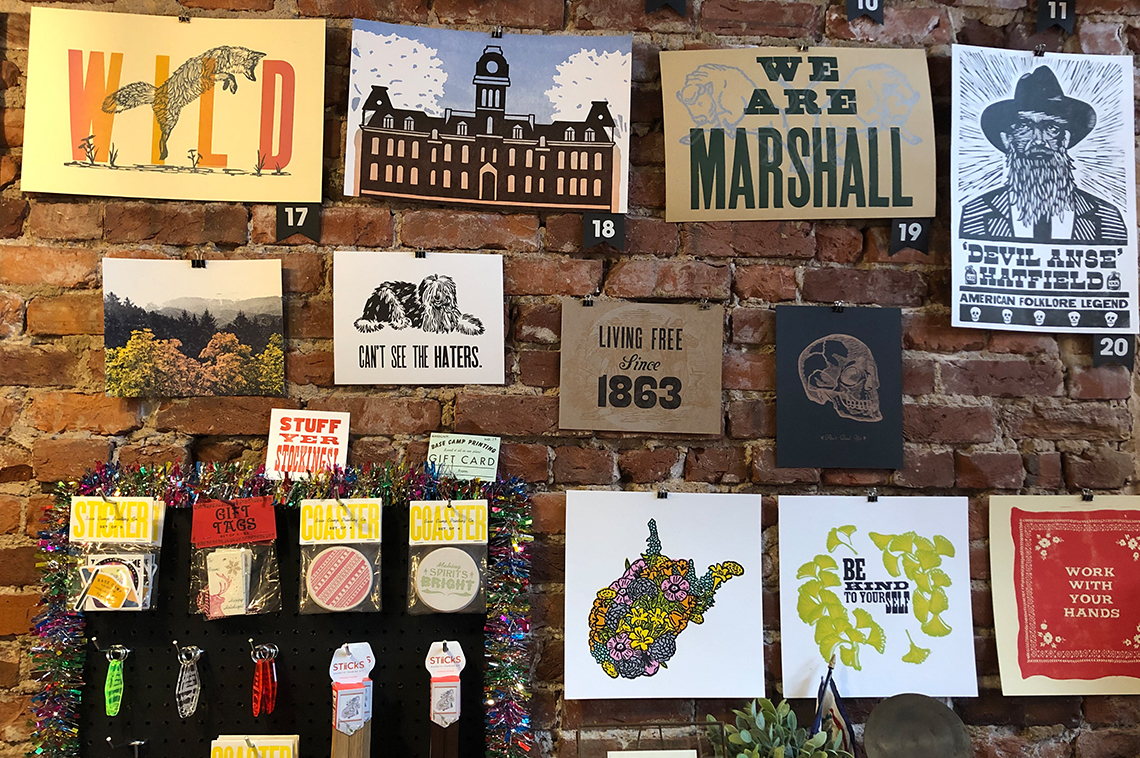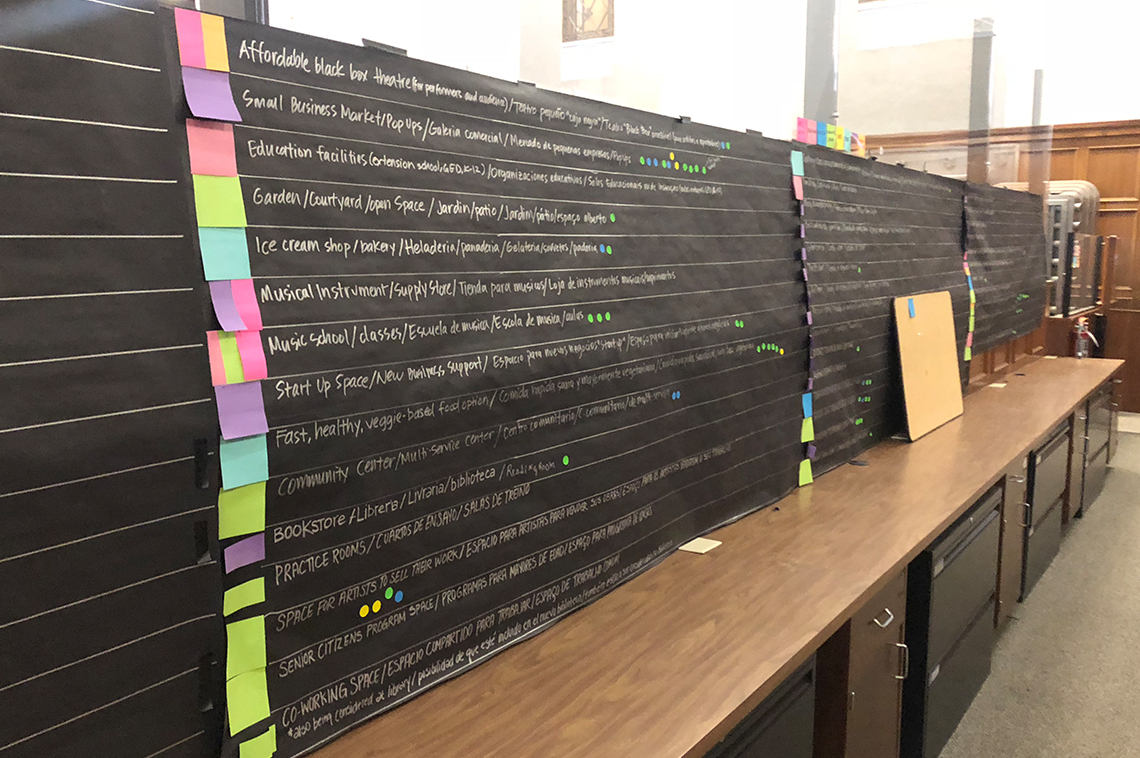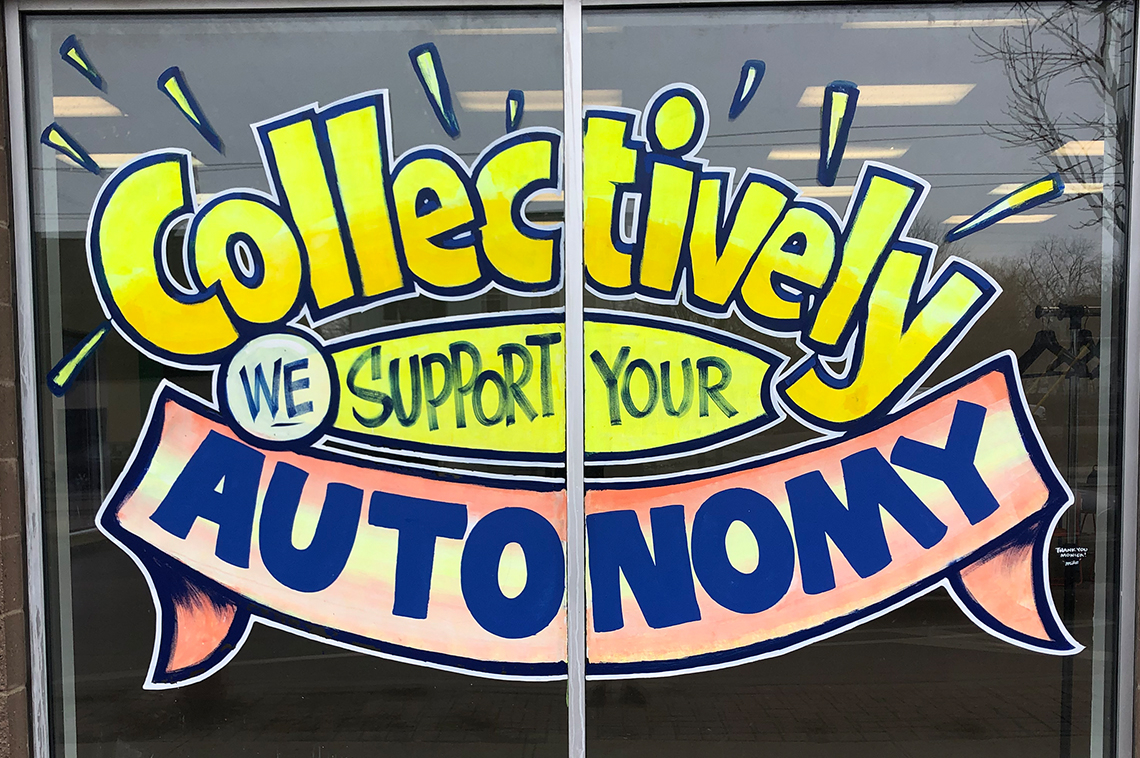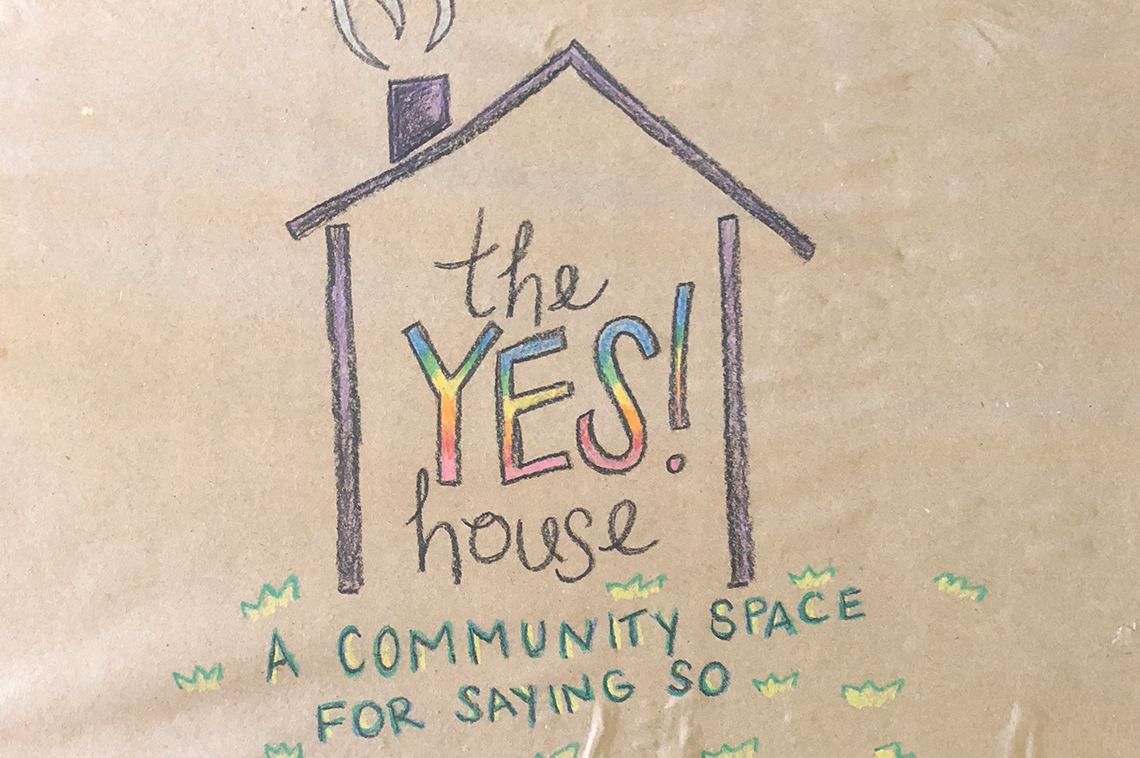



After seven months in the same office, my colleagues have experienced my persistent invitations to breathe and stretch and my ongoing requests for big Post-its and markers. Yes, friends: I am a facilitator and I work at ArtPlace America.
It was with zero shame that I took on this moniker. I deeply believe that facilitation can move a group of people from begrudgingly attending meetings to co-creating strategies that previously could not have been imagined. So it’s not surprising that I jumped at the opportunity to collaboratively design and implement a facilitated process as a part of ArtPlace’s final two years of work. What really brought me here, though, was the shared belief that people are the experts and they ought to be in the decision-making seat.
SO, WHAT IS IT (THE SHORT STORY)?
Local Control, Local Fields, an ArtPlace initiative, is a people-powered process in which Assemblies of people in six geographies will make decisions about how best to use a pool of funds ranging from $1m to $4.5m to further strengthen their local creative placemaking field of practice.
These Assemblies are beginning to take shape in the city of Philadelphia, the state of Massachusetts, and the six-state region of Central Appalachia. Soon to follow, Assemblies will be gathered in the city of Detroit, the state of California, and the region including Minnesota, North Dakota, South Dakota, and the 23 Native Nations who share that geography. The available funds and six geographies are a direct result of our current foundation partnerships and our longstanding commitment to practitioners across the urban-to-rural spectrum. Each Assembly will make use of imaginative gatherings with the help of local process facilitators. Their task is to build a big vision for what their local field most needs, and to find a way to hold significant funds.
HOW DID WE GET TO THIS APPROACH (THE LONG STORY)?
The seed was planted in 2017 as ArtPlace went through a strategic planning process to determine how to focus the remaining two years of our work. I am both lucky and grateful to be working from the ideas shaped by my colleagues who turned a mandate of moving resources to six places into a motivation to shift the way ArtPlace thinks about grantmaking.
While getting up to speed with many states of affairs, I spent a few months just listening and being present with folks in each of these places. I think building relationships must start with genuine curiosity and care, so it’s essential to do the face-to-face thing! I got myself to each place to stand on that ground and to learn about folks’ work. We talked about things like how power moves in their place, and what kinds of projects they’re dreaming about. We talked about ecosystems, landscapes, and change. All of this helped me figure out how to move the idea of Local Control, Local Fields into action.
Among the many things I learned, it became clear to me that this is a big country with vast nuances and beauty to be celebrated, and much to be mended. I also learned from many personal reports about how well-meaning philanthropy can shuttle in and ask for “input” with little care or attention paid to the labor being extracted. Throughout, I heard a yearning for clarity and transparency.
It also became clear to me after this series of visits that ArtPlace had to get crisp on the whole purpose of our Local Control, Local Fields strategy. Here’s what we came up with:
THE POINT: LOCALLY CONTROLLED RESOURCES TO FURTHER STRENGTHEN SIX LOCAL FIELDS OF PRACTICE
Okay, nailed it! But even so, the impetus to gather people and to vest them with control brought us to the realization that much more can happen in addition to the impact of the dollars. Just as important, for example, is drawing out the deep wisdom in each Assembly and collectively utilizing it for strategic decision-making.
We also felt that folks on the ground absolutely have the insight required to make really big, field wide-decisions, but are rarely supported when they’re brought to the table. So another sub-goal for us is to make space for people to practice and flex their field-building muscle.
In addition to a few more bullet points, we knew that this intense gathering time could mean playing a part in stewarding a more densely woven network in each geography.
I hope that through engaging in the Assembly, individuals will actively practice a balance of power and love about their work and their place. In some ways, we’re trying to find new language to talk about the linkage between resource allocation and a mindset of abundance.
GETTING FROM PRELUDE TO ACTION
Now with meaningful goals in pocket, we knew it would be important to design a container that could adapt to local contexts. The headline is: this took a long time.
First, we tried to organize all of our ideas. We took a page (or a few) from many great thinkers. We thought about Appalshop’s call to build collective power and work from the grassroots up. We thought about EmcArts’ Innovation Labs and the fundamental intensive retreat. We linked Urban Bush Women’s model to enter, build, and exit for ethical community engagement with the Laundromat Project’s longstanding principle of being propelled by love. Not to mention adrienne maree brown’s emergent strategy, Priya Parker’s The Art of Gathering, AORTA coop, and June Holley’s Network Weaver Handbook, alongside many more.
We then named our methodological assumptions, hunches about how this might work, and tenets we look back to at every decision. For example, we declared that the process will be as good as the facilitation and the support of the people. The facilitators we’re working with have a track record of holding the room without needing to be the center of it, being deeply sensitive to the underpinnings of group life, and being highly adaptive.
We hope to build the support of the people by decentering ArtPlace all along the way. We designed a process that would engage approximately 40 people in each Assembly—but instead of ArtPlace hand-picking 40 people, we purposefully limited ourselves to 20, and then asked each of those folks to tap an additional person. In a way, it’s an each one, reach one approach. We got to the initial list of 20 by thinking long and hard about balancing many dimensions of practice, expertise, social identity, and what all of those mean in local contexts. In all cases, this meant it was important for us to welcome 20 folks who we believe share a commitment to further strengthening the work of artists as allies in equitable community development.
This is the beginning of local control, and of acknowledging that ArtPlace has to be accountable to our power as initiators of this process.
And then (yes, there’s more!) we gathered a group of brilliant folks with different and interrelated experiences about process. This group pulled all of our thinking apart and helped stitch it back together to create a stronger container. We made important program design commitments like compensating folks’ labor and covering travel and other needs with separate funds. We committed to adapting the process if the Assembly asks for change, and to sharing other ArtPlace resources outside of the capital that will be invested in each place, such as social capital and real estate on our website. We took this new container and set of commitments to partners in each geography and made more changes (some after we had already sent invitations!).
SO, WHAT'S HAPPENING NOW?
Now we have reached the edge of the cliff where intention meets impact. Starting at the end of May 2019, the first three Assemblies will begin gathering. They’ll gather over approximately five months, and they’ll dig into a series of conversations that start with building trust and understanding, move towards visioning and analysis, and end with a strategy towards deploying millions of dollars that could not have been imagined before.
This whole thing is at once very complicated and deceptively obvious. It’s ArtPlace’s bookend, yet an explosive next chapter for most. It’s about people-powered investments. It’s an anti-grantmaking grantmaking strategy. Simply put, it’s about trusting people.





